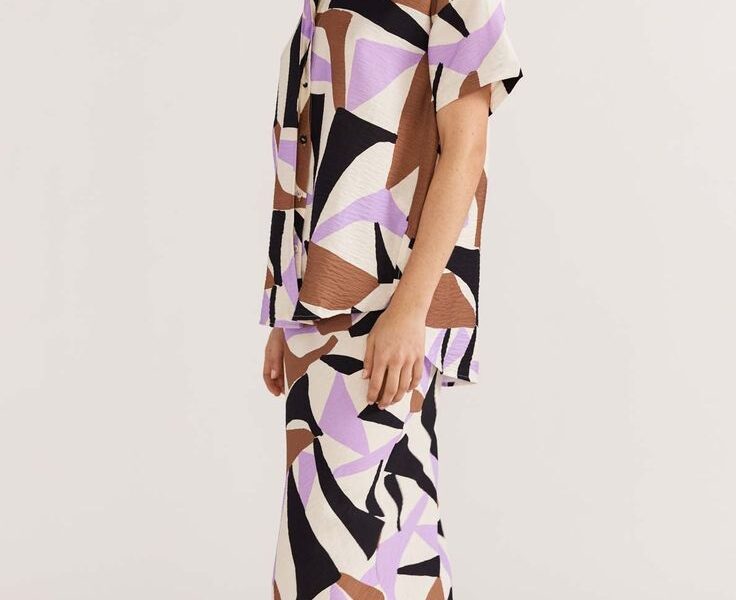Fashion is far more than clothing; it is a powerful language that communicates individuality, identity, and emotion without words. It reflects who we are, where we come from, and even how we feel. Across the world, fashion serves as a cultural mirror—representing social changes, artistic movements, and evolving ideas of beauty. From the bold couture houses of Paris to the vibrant streetwear of Tokyo, every fashion choice tells a story.
The essence of fashion lies in its ability to constantly evolve while maintaining timeless appeal. It connects people through shared aesthetics while allowing personal creativity to shine. What was once dictated by designers and magazines is now shaped by global communities through social media, allowing anyone to become a style icon. Fashion is both personal and universal, intimate and public, rooted in heritage yet forward-looking.
Beyond appearance, fashion influences confidence, self-worth, and even social belonging. The way a person dresses can empower them, make a statement, or express solidarity with a movement. Today, inclusivity and authenticity define modern fashion—moving away from rigid beauty norms to celebrate diversity in body types, cultures, and genders. Ultimately, fashion is not about trends alone; it’s about the freedom to present yourself to the world in your own unique way.
Evolution of Fashion Through the Decades
The journey of fashion through history is a fascinating reflection of changing times, values, and technologies. Each decade has contributed its own unique flair, shaping how we perceive and wear clothing today. The roaring 1920s brought flapper dresses and rebellion against tradition, while the 1950s celebrated elegance with full skirts and refined tailoring. The 1970s embraced bold experimentation with bohemian and disco influences, leading into the power dressing of the 1980s where shoulder pads and bright colors symbolized ambition and success.
Fashion has always been intertwined with social and political shifts. War, industrialization, and globalization each left their mark on clothing styles and production methods. As the world grew more connected, trends spread faster, leading to the birth of global fashion houses and street styles that transcend borders.
In the modern era, digital technology has completely transformed how we engage with fashion. Designers now experiment with 3D printing, AI design, and virtual fashion shows. Consumers no longer wait for fashion weeks—they experience collections instantly online. Despite this innovation, there remains a growing appreciation for vintage aesthetics and sustainability. The evolution of fashion shows that while styles change, the human desire for expression, beauty, and creativity never fades.
The Business and Industry of Fashion
Fashion is one of the most dynamic global industries, blending creativity with commerce. It encompasses design, production, marketing, and retail—driving a trillion-dollar economy that employs millions worldwide. The industry thrives on constant reinvention, with new collections and trends emerging each season. Yet beneath the glamour lies a complex business model balancing art and profitability.
High fashion or “haute couture” caters to exclusivity and craftsmanship, while fast fashion focuses on affordability and mass production. These opposing forces shape the economic and ethical landscape of fashion. Major fashion capitals like Paris, Milan, New York, and London set global standards, but emerging markets in Asia and Africa are now redefining the scene with cultural innovation and digital-first strategies.
Technology, too, has revolutionized the business side of fashion. E-commerce platforms, influencer marketing, and AI-driven analytics allow brands to predict trends and tailor consumer experiences. However, the rise of fast fashion has raised concerns about waste, labor ethics, and sustainability. As consumers become more conscious, the industry is shifting toward transparency and eco-friendly practices. The future of fashion business lies in harmonizing creativity with responsibility—where success is measured not only by sales but by social and environmental impact.


